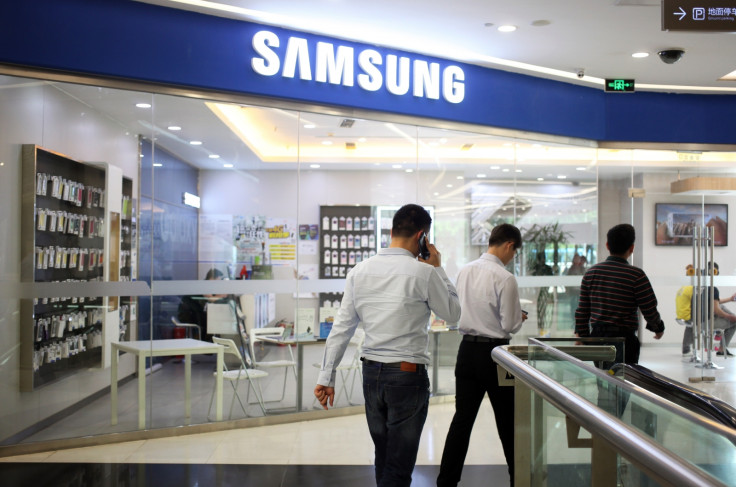Samsung faces tough year in developing markets as local Android makers reign supreme

Alternative smartphone makers operating on their home turf, such as Xiaomi and TCL in China and Blu in Latin America, are causing headaches for multinationals such as Samsung due to lower prices and ecosystems delivering content tailored for local markets.
Their rise in popularity, driven by Android handsets costing as little as $30 (£19), over the last 12 months has unsettled Samsung and forced it to think beyond hardware, says Gartner mobile analyst Roberta Cozza.
Speaking to IBTimes UK, Cozza said "It is really tough. It is becoming really tough [for Samsung] to compete in the Android sector. This is mostly a case in emerging markets like India and Malaysia, where local hero brands are performing best. It is a worry because at the higher end, some Chinese and local brands are not staying in the low-cost segment, they are going to the mid-range and some are even going into premium.
"It will continue to be a challenge... this year is going to be a challenging one, the leadership of Samsung is far from being certain."
$30 Androids drive huge smartphone growth in India
Figures released by Gartner for worldwide smartphone sales during the first quarter of 2015 reveal 336 million global sales, up from 282 million during the same period last year.
Although Apple saw growth from 43 million to 60 million (mainly thanks to officially launching the iPhone in China in late 2014), Gartner's 'other' category, including local brands like Xiaomi, grew from 112 million to 142 million, taking their share of the worldwide market to 42.4%. This was driven by Indian smartphone sales increasing by 55% in year.

As China already nears saturation point, the fastest-growing regions for smartphone adoption were Asia/Pacific, Eastern Europe, the Middle East, and North Africa.
Strong sales here saw emerging markets as a whole post a 40% increase in smartphone sales compared to the first quarter of 2014. Here, Cozza explained, local phone makers "have to be more clever" with the applications, software and services which make up their ecosystems.
This, Cozza says, is where Samsung must improve its game, both in emerging and developed countries, if it is to claw back market share from local companies at the low-end and Apple in the premium segment. "I'm not sure if the Galaxy S6 will be enough [for Samsung]. It is stronger than the S4 and S5, but at the premium end you need to have more than just technology; Samsung has to build something more around its software. They need to become more of an ecosystem and this is going to take some time."
European potential for Xiaomi
Xiaomi, currently the poster child of the Chinese smartphone market, is poised to clean up the local low- and mid-range, while Apple dominates the high-end and refuses to enter the lower leagues. On that note, Cozza doesn't expect to see a replacement to the cheaper, plastic iPhone 5c from 2013.
For Xiaomi, "there's still potential; it's the basic smartphone that's going to grow most in this region," Cozza says. "The key will be partnering with local developers and create apps relevant to the local market. Lenovo has potential to become a force [in China and east Asia] too."
As for Xiaomi's entrance to the European market, Cozza says despite building brand awareness here, it will take time. "I don't think that's something that will happen tomorrow, but compared to Huawei I think they are more clever in the sense that they are an internet company. [Europe] is a market where there is still space for new brands to come into the mid-range...there is also less brand snobbery and users are more willing to switch brands."
© Copyright IBTimes 2025. All rights reserved.






















